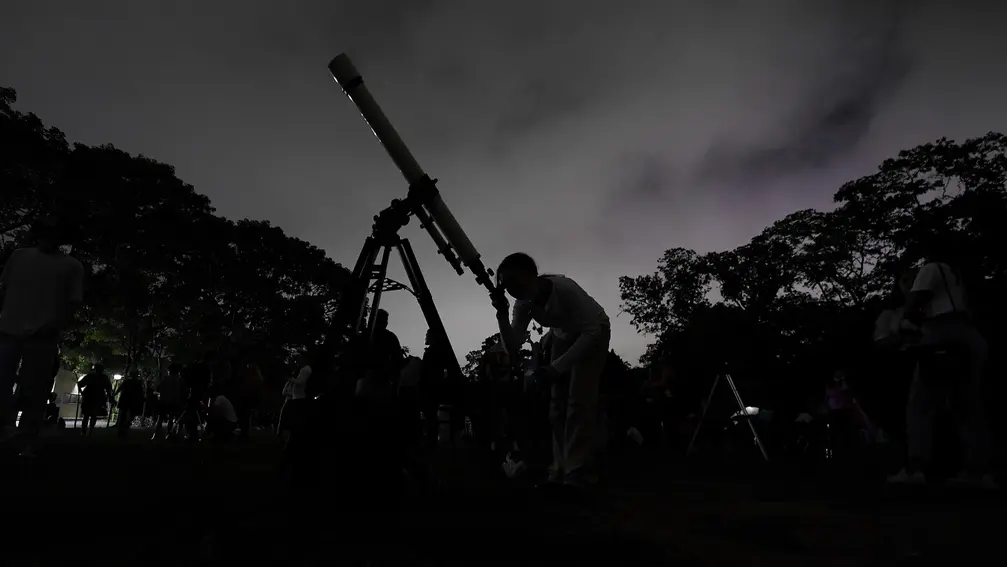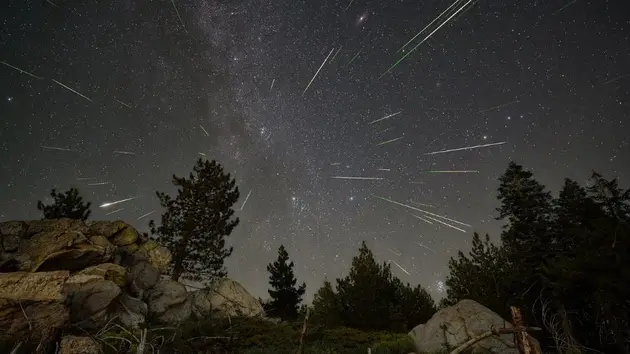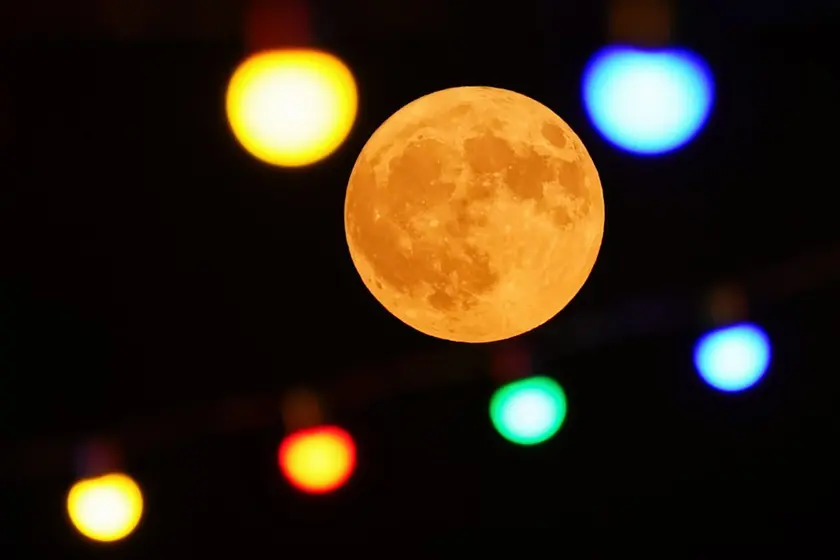T4K3.news
Planet Parade Lights the Dawn Sky
Six planets are visible this month in the morning sky; catch the show before it ends.

Six planets align in the morning sky this month, offering a brief but bright display that will fade as the month progresses.
Planet Parade Lights the Dawn Sky
The Associated Press reports a planetary parade will be visible this month in the early morning sky. Venus, Jupiter, Saturn and a faint Mercury can be seen with the naked eye, while Uranus and Neptune require binoculars or a telescope. The best viewing window occurs in the week ahead, before sunrise in the eastern sky. Jupiter and Venus are positioned close together, with Saturn nearby and Mercury rising toward the horizon as dawn approaches. Mercury will be at its farthest point from the sun on Tuesday morning, giving skywatchers a brief opportunity before it disappears back into bright dawn glare. The event is described as the last planetary parade of the year, and observers are advised to seek clear, low-light conditions away from tall buildings. A crescent moon may join the parade later in the month, and the next major alignment is not until February.
Key Takeaways
"close together like cat's eyes"
Describes the proximity of Jupiter and Venus in the eastern sky
"They don’t really twinkle like the stars do"
Comment on the bright, steady light of the planets
"Mercury will be at its farthest point from the sun on Tuesday morning"
Notes the visibility window for Mercury
Planet parades offer a rare, simple way to spark curiosity about the solar system. They require no special gear and can turn a routine pre-dawn routine into a shared moment of discovery for families, students, or casual observers. The piece also highlights how urban light and weather conditions shape what people can actually see, reminding us that astronomy remains a public science problem of access and environment as much as of equipment. In a year of crowded screens, these quiet skies invite a moment of reflection on our place among the planets and the discipline that makes such displays possible.
Highlights
- Dawn becomes a planet party you can see without gear
- Tiny pinpoints blaze brighter than most stars
- Jupiter and Venus look close like cat eyes in the dawn
- Keep it clear and quiet the sky is the stage
The sky keeps offering small, shared moments that science can turn into daily wonder.
Enjoyed this? Let your friends know!
Related News

Planet parade and meteor shower over Seattle

Planet Parade Illuminates August Morning Sky

Perseid Meteor Shower Weekend Viewing

Planet Parade Brightens the Dawn Sky

Sturgeon Moon and Perseids visible together in UK

Sturgeon Moon 2025 visible this weekend

Double meteor shower peaks tonight in the UK

Perseids light up Colorado skies
